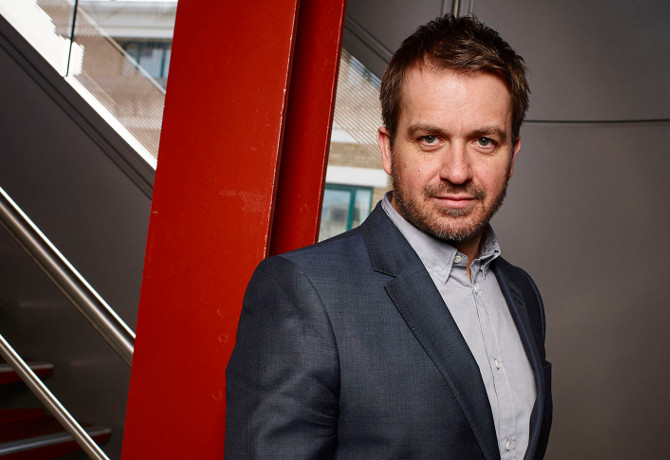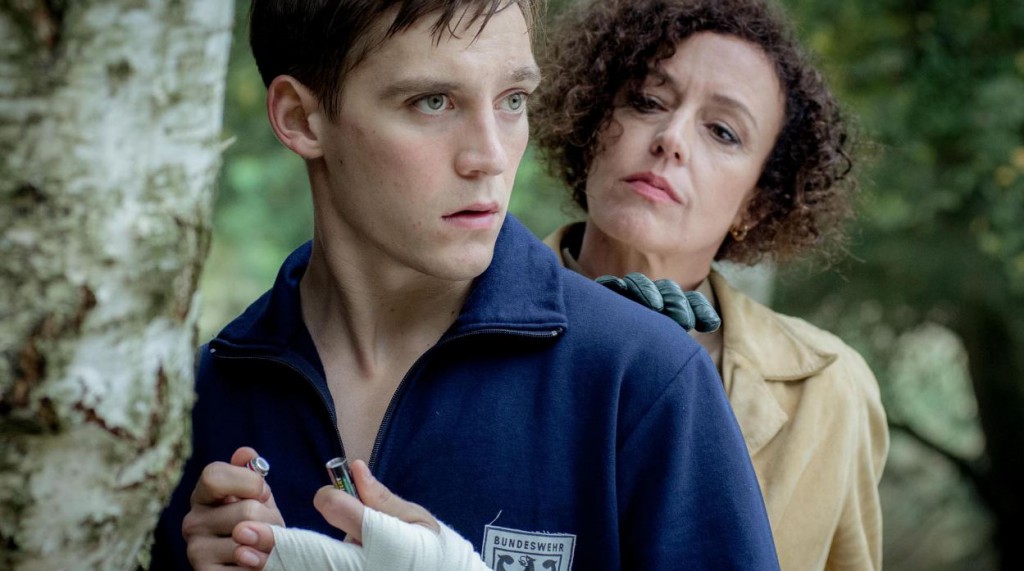UK broadcaster Channel 4 is developing its brand content and programmatic offerings to grow digital revenues. Head of digital and partnership innovation Jonathan Lewis explains more.

For those promoting the continued value of television to advertisers, these are tricky times.
Few would disagree that the breadth and quality of TV content has never been better, but many brands are being drawn by the allure of digital channels. Headlines such as those recently proclaiming IPG’s decision to shift $250m in ad spend from TV to YouTube adds to the sense of frustration.
So, at this week’s Festival of Media Global 2016 in Rome, delegates will hear how a range of broadcasters – including Viacom, Discovery, NBCUniversal and the UK’s Channel 4 (C4) – are taking the fight back to digital platforms with a host of innovations.
Speaking to M&M Global ahead of the Festival, C4’s head of digital and partnership innovation Jonathan Lewis argues that a two-pronged strategy focused on content and automation is reinventing its commercial proposition.
Content
“Content is probably the fastest emerging area over the past six months, where we are learning and evolving our digital content strategy,” says Lewis, who joined the company in 2012.
Just over 12 months ago, C4 replaced its on-demand catch-up service 4OD with ‘All 4’, a new online hub aggregating a far broader range of content – including hours of foreign drama serials provided through a deal with Global Series Network. Lewis claims that All 4’s first quarter 2016 audience was up 30% year-on-year.
“You almost reach a glass ceiling if you only think about switching over viewers from your linear feed,” he says. “Acquiring new and interesting content to gain a greater reach and new audiences. It has been really interesting experiment for us, and it is going from strength to strength.”
“You almost reach a glass ceiling if you only think about switching over viewers from your linear feed”
This fresh approach to editorial content has also impacted C4’s approach to commercial partnerships.
The broadcaster has long collaborated with brands for advertiser-funded programming for its linear TV channels C4, E4 and More4. However, with schedulers demanding a certain level of audience, and C4’s unique public service broadcaster remit, fulfilling the ambitions of both brand and TV execs has been “challenging”, Lewis admits.
Thanks, ironically, to the success of online video through platforms like YouTube and Facebook, C4 is now rethinking the type of content it creates for brand partners – with around 15 tailored formats devised for All 4 in the past year.
In a “massive leap” from the broadcaster’s structure a year or two ago, a group of commercial content commissioners now sit within C4’s wider editorial set-up, with the management of production and development “completely entwined” with existing programming teams.
“Brands are getting more savvy about creating content, because they can deliver greater engagement with their audience. We use that to good effect,” says Lewis. “That business has mushroomed in the last 12 months, and something we will focus on in the future.”
And, rather than viewing digital platforms simply as rivals, Lewis says he takes a more open-minded approach to those channels: “From a distribution perspective, and if you’re a brand or a CMO, you want to get it out to as many people as possible. We’re pretty pragmatic about that. Using Facebook for distribution is important to us, in allowing that content to be able to travel.”

Programmatic
“Our competition is no longer just the broadcasters, it is also the broader digital marketplace,” says Lewis.
With over 13 million registered users on All 4, C4 is keen to convey the sophistication of its data strategy. Over 50% of its inventory is traded in an audience-addressable way, while its Ad4U service promised personalisation at scale, and has been tested by brands such as Coca-Cola and Burberry.
Moving into the programmatic sphere, the broadcaster has opened up its first-party data through its premium programmatic marketplace and video exchange, PVX, which it launched in November in tandem with Comcast’s ad serving platform FreeWheel. It hopes, in time, to scale PVX and become an aggregator for multiple premium video publishers.
“It is increasingly valuable in this world awash with data to work out what is most relevant and most credible. We are very careful about how we use that data, and what we ask people. That is a very valuable thing to deliver in terms of targeting,” says Lewis.
“We’re only really getting out of the blocks with a programmatic solution for our digital on-demand and live-streamed content on mobile and tablet”
However, if the momentum shifting digital inventory to programmatic trading methods appears unstoppable, the picture with linear TV is markedly different, according to C4’s innovation man.
“Linear programmatic is a long way off, in our view,” he admits. “We’re only really getting out of the blocks with a programmatic solution for our digital on-demand and live-streamed content on mobile and tablet.”
While C4 is able to automatically allocate ads in real-time for live content being viewed on mobile devices – its coverage of Formula One is a good example – its lack of access to set-top boxes makes programmatic on traditional broadcast channels a tough task.
Lewis says C4 is entering into conversations with set-top box owners – which in the UK include Sky and Virgin Media – but no developments are expected in the near future. In the meantime, it is looking to shorten the lead times for when ad slots are booked.
“We don’t own set-top box technology, so we can’t get into the set-top box and deliver our own slots. But what we can do is effectively allocate advertising in near-real time. That is the next logical step. We’re currently booking about six to eight weeks out.
“If we can get better, there is definitely value,” he adds.







